1. Attia ZI, Noseworthy PA, Lopez-Jimenez F, Asirvatham SJ, Deshmukh AJ, Gersh BJ, et al. An artificial intelligence-enabled ECG algorithm for the identification of patients with atrial fibrillation during sinus rhythm: a retrospective analysis of outcome prediction. Lancet. 2019; 394:861–7.

2. van Ravenswaaij-Arts CM, Kollee LA, Hopman JC, Stoelinga GB, van Geijn HP. Heart rate variability. Ann Intern Med. 1993; 118:436–47.


4. Attia ZI, Kapa S, Lopez-Jimenez F, McKie PM, Ladewig DJ, Satam G, et al. Screening for cardiac contractile dysfunction using an artificial intelligence-enabled electrocardiogram. Nat Med. 2019; 25:70–4.


5. Isakadze N, Martin SS. How useful is the smartwatch ECG? Trends Cardiovasc Med. 2020; 30:442–8.


6. Pan SJ, Yang Q. A survey on transfer learning. IEEE Trans Knowl Data Eng. 2009; 22:1345–59.

7. Zhao W. Research on the deep learning of the small sample data based on transfer learning. AIP Conf Proc. 2017; 1864:020018.

8. Raghu M, Zhang C, Kleinberg J, Bengio S. Transfusion: understanding transfer learning for medical imaging [Internet]. Ithaca (NY): arXiv.org;2019. [cited at 2021 Jan 4]. Available from:
https://arxiv.org/abs/1902.07208.
9. Ranti D, Hanss K, Zhao S, Arvind V, Titano J, Costa A, et al. The utility of general domain transfer learning for medical language tasks [Internet]. Ithaca (NY): arXiv.org;2020. [cited at 2021 Jan 4]. Available from:
https://arxiv.org/abs/2002.06670.
11. Tadesse GA, Zhu T, Liu Y, Zhou Y, Chen J, Tian M, et al. Cardiovascular disease diagnosis using cross-domain transfer learning. Annu Int Conf IEEE Eng Med Biol Soc. 2019; 2019:4262–5.

12. Salem M, Taheri S, Yuan JS. ECG arrhythmia classification using transfer learning from 2-dimensional deep CNN features. In : Proceedings of 2018 IEEE Biomedical Circuits and Systems Conference (BioCAS); 2018 Oct 17–19; Cleveland, OH.

13. Abdelazez M, Rajan S, Chan AD. Transfer learning for detection of atrial fibrillation in deterministic compressive sensed ECG. Annu Int Conf IEEE Eng Med Biol Soc. 2020; 2020:5398–401.

14. Wen L, Gao L, Li X. A new deep transfer learning based on sparse auto-encoder for fault diagnosis. IEEE Trans Syst Man Cybern Syst. 2017; 49:136–44.

16. Eduardo A, Aidos H, Fred A. ECG-based biometrics using a deep autoencoder for feature learning-an empirical study on transferability. In : Proceedings of the 6th International Conference on Pattern Recognition Applications and Methods; 2017 Feb 24–26; Porto, Portugal. p. 463–70.

17. Yoon D, Lee S, Kim TY, Ko J, Chung WY, Park RW. System for collecting biosignal data from multiple patient monitoring systems. Healthc Inform Res. 2017; 23:333–7.

19. Baldi P. Autoencoders, unsupervised learning, and deep architectures. In : Proceedings of the International Conference on Machine Learning (ICML): Unsupervised and Transfer Learning; 2012 Jun 26–Jul 1; Edinburgh, Scotland. p. 37–49.
20. Liu W, Wang Z, Liu X, Zeng N, Liu Y, Alsaadi FE. A survey of deep neural network architectures and their applications. Neurocomputing. 2017; 234:11–26.

21. Qin Z, Yu F, Liu C, Chen X. How convolutional neural network see the world-A survey of convolutional neural network visualization methods [Internet]. Ithaca (NY): arXiv.org;2018. [cited at 2021 Jan 4]. Available from:
https://arxiv.org/abs/1804.11191.
22. Deng J, Dong W, Socher R, Li LJ, Li K, Li FF. ImageNet: a large-scale hierarchical image database. In : Proceedings of 2009 IEEE Conference on Computer Vision and Pattern Recognition; 2009 Jun 20–25; Miami, FL. p. 248–55.

23. Szegedy C, Liu W, Jia Y, Sermanet P, Reed S, Anguelov D, et al. Going deeper with convolutions. In : Proceedings of the IEEE Conference on Computer Vision and Pattern Recognition; 2015 Jun 7–12; Boston, MA. p. 1–9.

24. DiCiccio TJ, Efron B. Bootstrap confidence intervals. Stat Sci. 1996; 11:189–212.

25. Kingma DP, Ba J. Adam: a method for stochastic optimization [Internet]. Ithaca (NY): arXiv.org;2014. [cited at 2021 Jan 4]. Available from:
https://arxiv.org/abs/1412.6980.
26. Hussain M, Bird JJ, Faria DR. A study on CNN transfer learning for image classification. Lotfi A, Bouchachia H, Gegov A, Langensiepen C, McGinnity M, editors. Advances in computational intelligence systems. Cham, Switzerland: Springer;2018. p. 191–202.

27. Huh M, Agrawal P, Efros AA. What makes ImageNet good for transfer learning? [Internet]. Ithaca (NY): arXiv. org;2016. [cited at 2021 Jan 4]. Available from:
https://arxiv.org/abs/1608.08614.
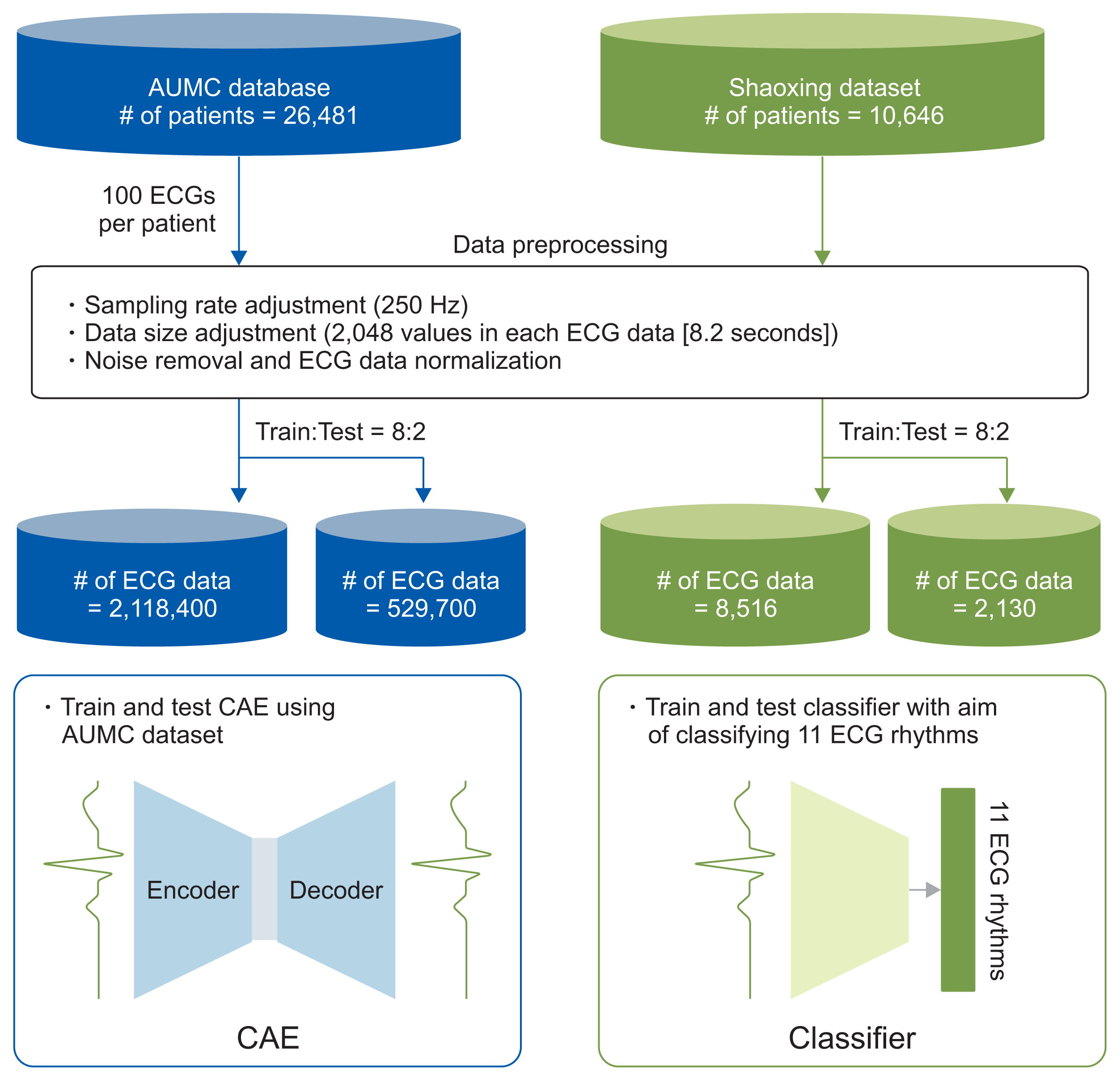
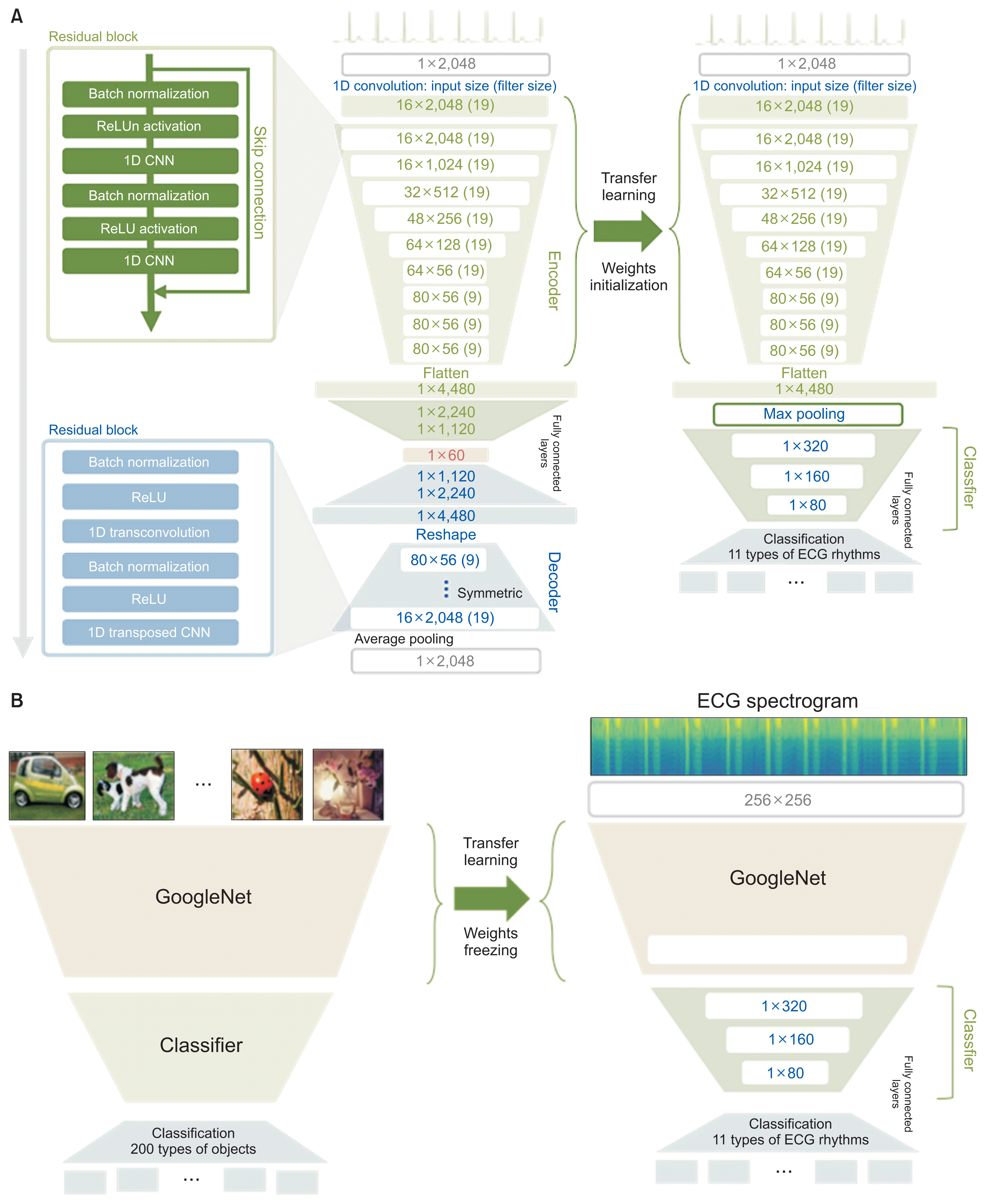
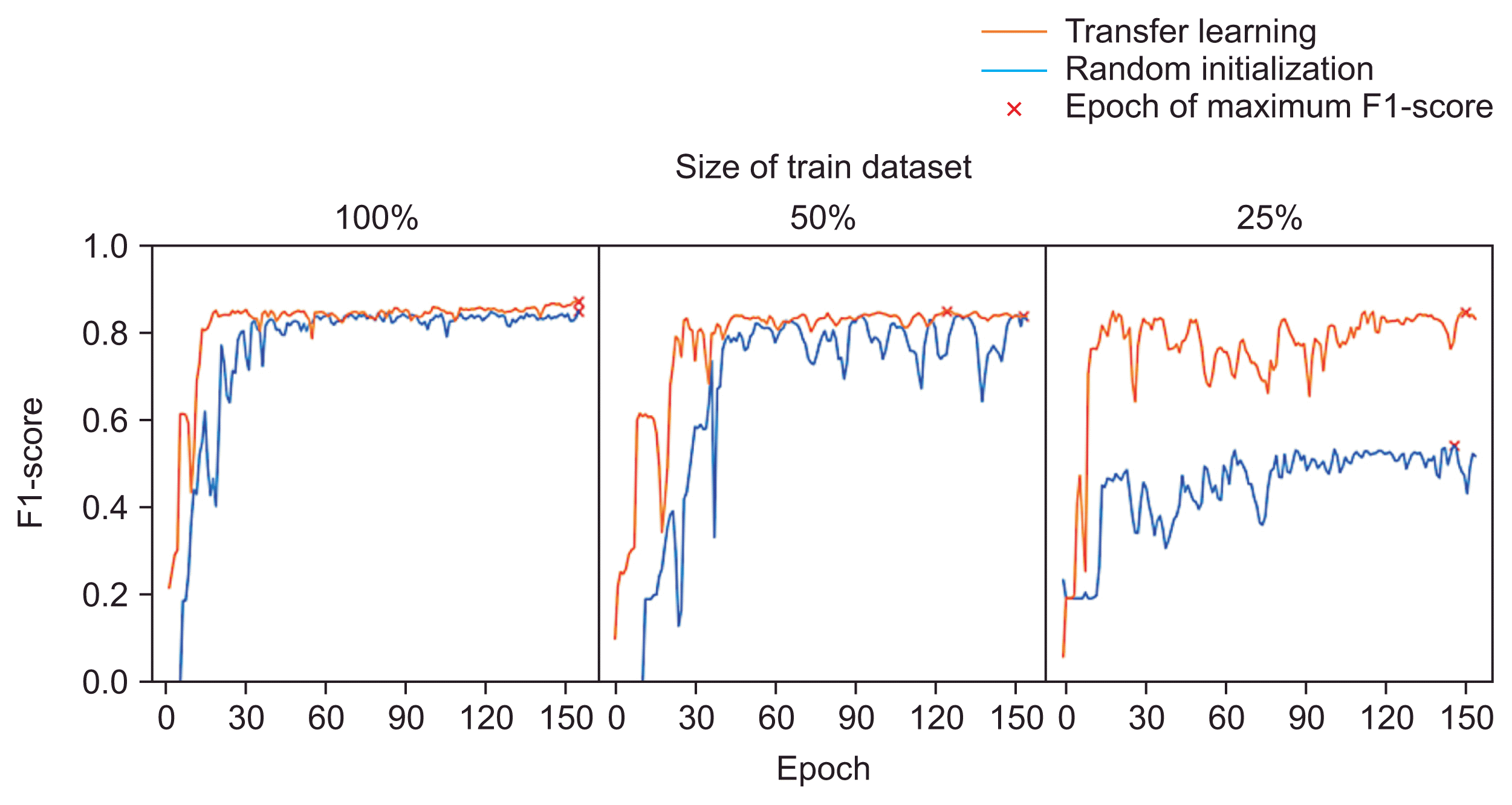




 PDF
PDF Citation
Citation Print
Print



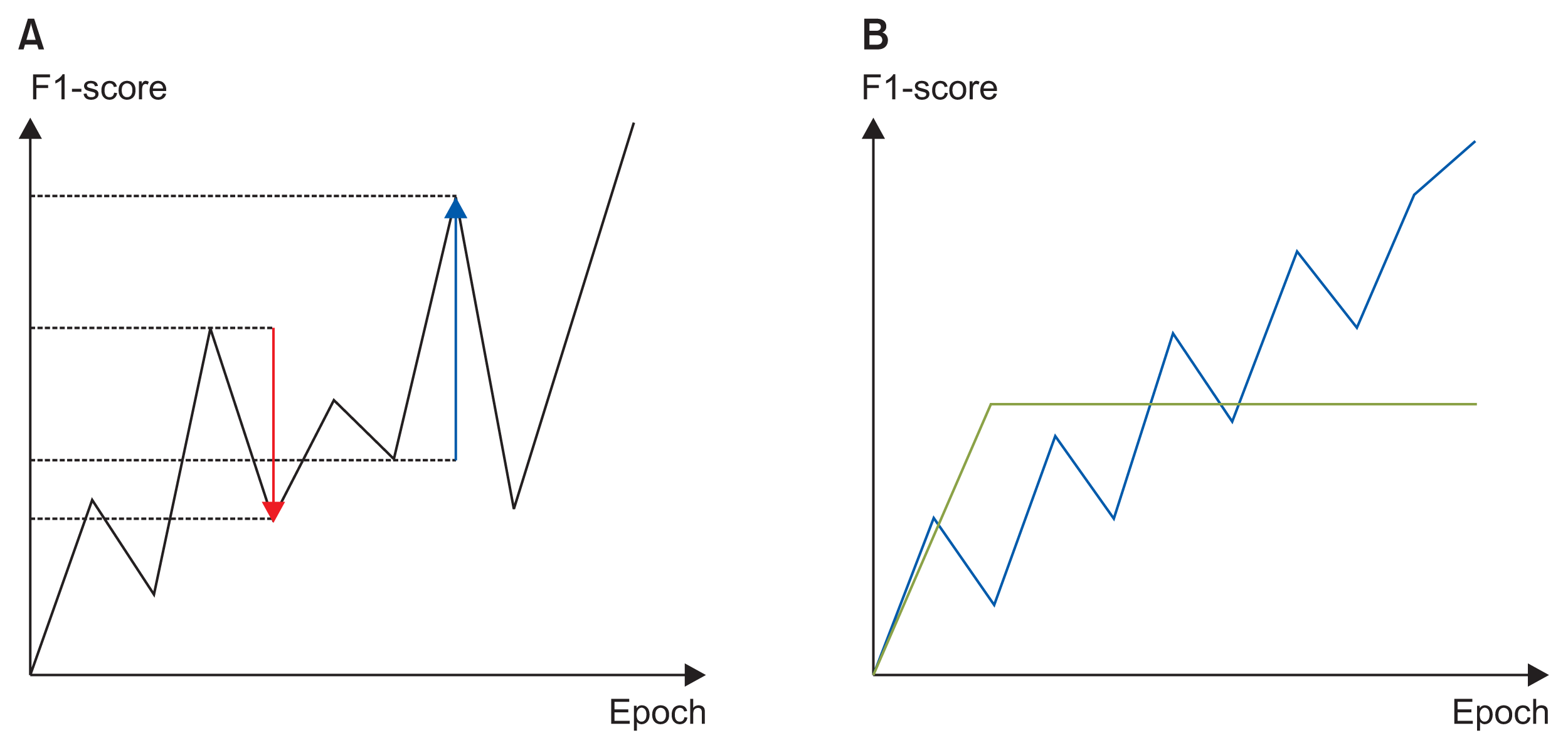
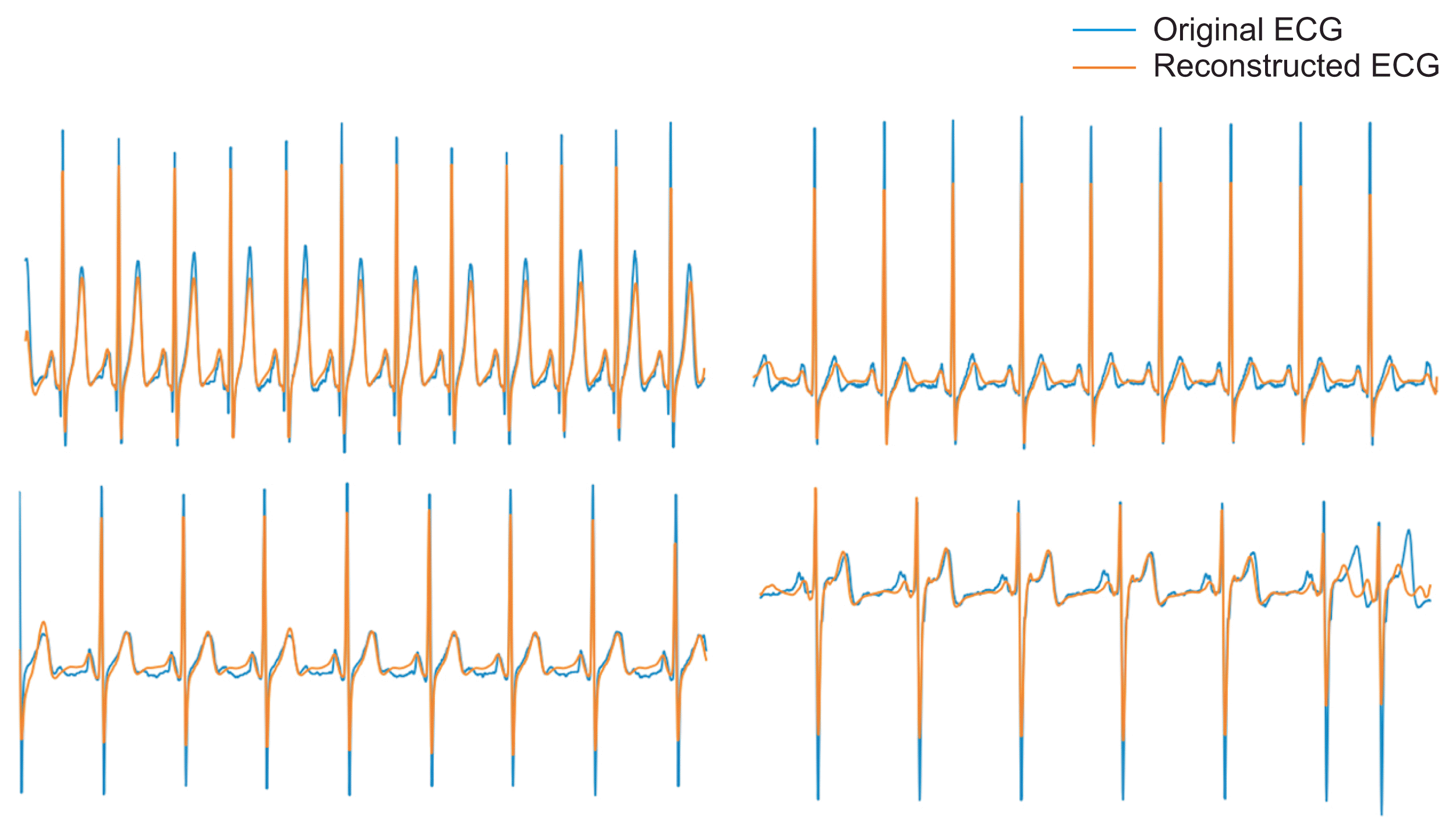
 XML Download
XML Download